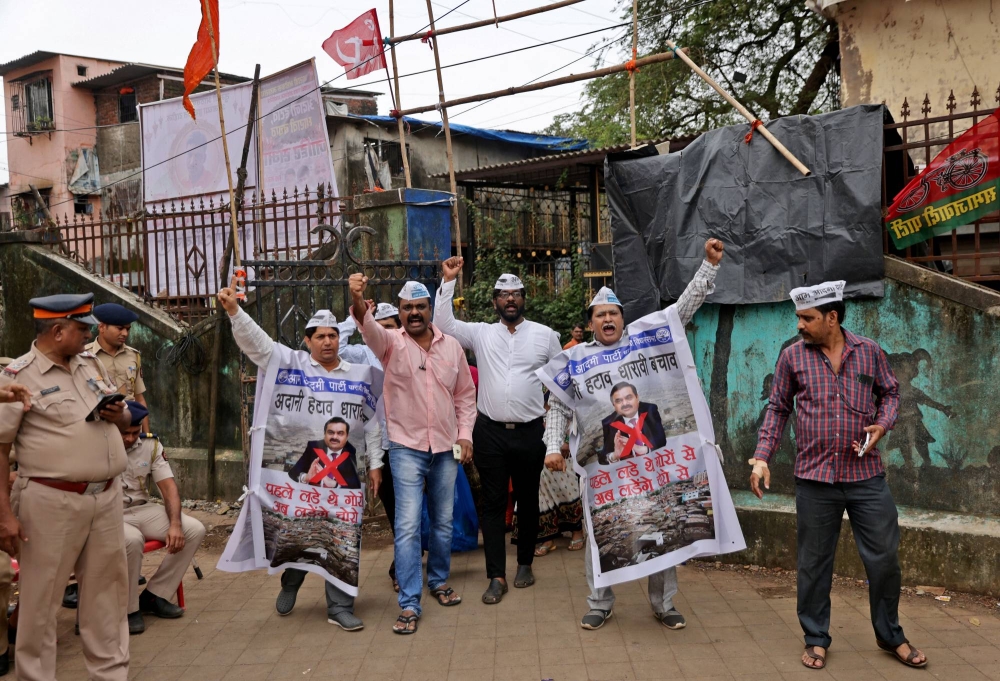Protest And Aspiration in A Mumbai Slum Flat
Introduction
Mumbai, the financial capital of India, is a city of stark contrasts. Amidst its towering skyscrapers and luxurious lifestyles, a significant portion of the population resides in slums. These slum areas, often seen as eyesores by some, are home to millions who contribute to the city’s economy and culture. One of the most prominent slum areas in Mumbai is Golibar, which has been at the center of a contentious struggle over demolition and redevelopment. This article delves into the complexities of this struggle, focusing on the role of Mumbai Slum Flat, the Slum Rehabilitation Act (SRA), and the broader implications for urban redevelopment in India.

The Context of Mumbai Slum Flat
Mumbai is home to some of the most expensive real estate in the world, yet nearly 60% of its population lives in slums. These slums are not merely a result of illegal squatting but are a consequence of the lack of affordable housing options. The city’s rapid urbanization and economic growth have led to a severe shortage of low-cost housing, pushing the economically weaker sections (EWS) and lower-income groups (LIG) into slum areas. The slums are not just places of residence; they are vibrant communities where people work, socialize, and maintain a sense of belonging.
The Slum Rehabilitation Act and SRA Flats for Mumbai Slum Flat
In response to the growing issue of slums, the Maharashtra state government established the Slum Rehabilitation Authority (SRA) in 1995. The SRA’s primary objective is to provide better living conditions for slum dwellers by constructing SRA flats. These flats are offered to slum residents in exchange for their existing homes, and the remaining units are sold on the open market to recover costs and generate profits for developers. The SRA flats come with certain regulations, such as a 10-year lock-in period during which the beneficiaries cannot sell their units. This initiative has been crucial in improving the living standards of many slum dwellers, but it also faces challenges and criticisms.
The Golibar Struggle in a Mumbai Slum Flat
Golibar, a slum in Mumbai, has become a focal point for the struggle between global capital, state actors, and slum dwellers. The case of Golibar highlights the tension between the need for urban redevelopment and the rights of the slum dwellers. In 2004, large areas of slums in Mumbai were demolished to make way for redevelopment projects, leading to widespread protests and resistance. The struggle in Golibar is particularly significant because it involves a private company, Shivalik Ventures, which was granted the rights to redevelop the area under a special clause of the SRA. This has led to allegations of fraud and forgery, with slum dwellers fighting against forced evictions and demanding fair compensation and rehabilitation.
The Role of SRA Flats in Urban Redevelopment in Mumbai Slum Flat
SRA flats play a crucial role in the urban redevelopment of Mumbai. By providing affordable housing to slum dwellers, the SRA aims to reduce the prevalence of slums and improve the overall quality of life in the city. The construction of SRA flats involves a public-private partnership model, where developers are incentivized to build additional units for sale on the open market. This not only helps in recovering the costs but also generates revenue for further redevelopment projects. However, the process is not without its challenges. The SRA flats come with strict eligibility criteria and regulations, which can sometimes lead to conflicts and delays.
The Broader Implications
The struggle in Golibar and the broader issue of slum redevelopment in Mumbai raise important questions about urban planning and social justice. The traditional view of cities as integrated wholes is being challenged by the reality of balkanized communities and economies. The poor, often seen as having narrow materialistic concerns, are in fact deeply invested in the future of their cities. The SRA flats and the Slum Rehabilitation Act represent an attempt to balance economic growth with social equity, but they also highlight the complexities and contradictions inherent in such efforts.
Conclusion
The case of Golibar and the broader issue of Mumbai Slum Flat underscores the ongoing struggle for urban space in contemporary India. The Slum Rehabilitation Act and the SRA flats are important tools in addressing the housing crisis, but they also bring to light the challenges of balancing economic development with social justice. As Mumbai continues to grow and evolve, the experiences of slum dwellers and their fight for their rights will remain a critical part of the city’s narrative.
